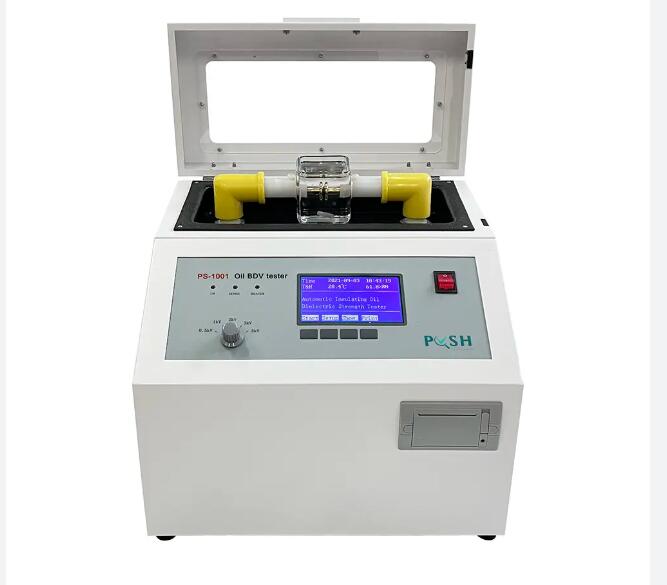Typical PCB dielectric strength values range from 800v/mil to 1500v/mil.The electrical strength is determined by placing the PCB material in a short high-voltage pulse at a standard AC power frequency.

FR4 material has high dielectric strength, which contributes to its electrical insulation performance.According to the glass fiber weaving method, resin, and thickness, the dielectric strength of Fr4 is 45-70 kV/mm,which means it requires certain protective measures to maintain its safety. The coefficient of thermal expansion refers to the length change of a material under temperature changes,usually expressed in ppm/° C.The dielectric constant (Dk) of FR4 varies in the range of 3.8 to 4.8 MHz.
FR4 is a commonly used glass fiber reinforced epoxy laminate material with excellent electrical and mechanical properties.In the field of electronics,the dielectric constant of FR4 is an important performance parameter.
The dielectric constant of FR4 is usually between 4 and 6, which is a relatively high range of values. This makes FR4 play an important role in electronic circuit design. Firstly, the high dielectric constant of FR4 enables it to effectively isolate different signal lines in the circuit, avoiding interference between signals. Secondly, a high dielectric constant can also increase the capacitance value of the capacitor and improve the performance of the circuit.
The relationship between dielectric strength and dielectric constant
1. Concept
a: Dielectric strength is a measure of a material's ability to withstand high voltage without generating dielectric breakdown. The sample is placed between electrodes and the applied voltage is raised through a series of steps until dielectric breakdown occurs,to measure the dielectric strength.
b: The dielectric constant is used to measure the performance of an insulator in storing electrical energy.It is the ratio of the capacitance between two metal plates using insulating material as the medium to the capacitance between the same two plates using air as the medium or vacuum.The dielectric constant represents the degree of polarization of the dielectric, which is the ability to bind charges. The larger the dielectric constant, the stronger the ability to bind charges.
2.The effect of temperature on dielectric constant
Temperature also has a significant impact on the properties of substances,as it affects the interactions between molecules.Generally speaking,as the temperature increases,the interaction between molecules weakens,resulting in a decrease in polarization and a decrease in dielectric constant.However,due to the intensification of molecular motion caused by an increase in temperature, the breakdown is prone to occur under the action of an external electric field,and the dielectric strength will also decrease accordingly.
3.Contact
Dielectric strength refers to the maximum electric field strength that a material can withstand in an electric field. If the electric field strength exceeds the dielectric strength of the material, the material will experience electrical breakdown. The larger the dielectric constant, the stronger the material's resistance to electric fields, and it also means that the dielectric strength of the material is higher.
The dielectric constant is a physical quantity that describes a material's ability to respond to an electric field, reflecting the speed of electric field propagation in the material. The higher the dielectric constant, the slower the speed of electric field propagation in the material.
FR4 dielectric strength is a measure of the electrical strength of a material as an insulator, and the higher the dielectric strength, the better its quality as an insulator. When the electric field strength exceeds the dielectric strength of the material, the material may experience electrical breakdown or breakdown, leading to a sudden increase in current and electrical failure.